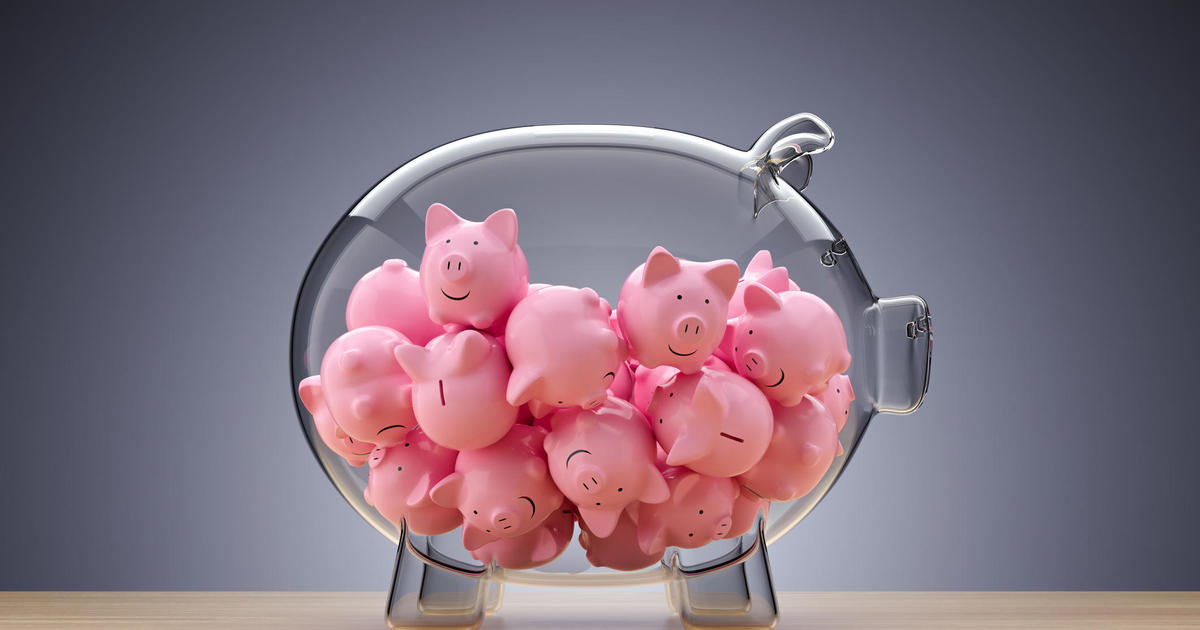Federal Reserve pauses interest rate hikes — for now
The Federal Reserve is pausing its extended campaign against inflation, holding its benchmark interest rate steady and giving borrowers a breather after 11 hikes since March 2022.
The Fed said it will hold the federal funds rate in a range of 5.25% to 5.5%, the same level as it announced at its last meeting, in July. Economists had expected the central bank to hold its benchmark rate steady today, according to economists polled by financial data service FactSet.
Even though the Fed isn't boosting rates today, borrowing costs are at their highest levels in 22 years, making it more expensive for Americans to take out loans like mortgages and to carry credit card debt. The central bank is seeking to tame the hottest inflation in four decades by damping demand for purchases like homes and cars, a battle that is showing some signs of progress as price increases have moderated this year.
But while the Fed wants to tamp inflation without pushing the economy into a recession, it also signaled that the bank may raise rates once more this year depending on economic conditions.
"We're prepared to raise rates further, if appropriate," Fed Chair Jerome Powell told reporters in a press conference. He added, "The majority of [Fed meeting] participants believe it is more likely than not for us to raise rates one more time in the two remaining meetings this year."
"Consumers have generally handled their business well as the Fed continued to raise rates, but we're seeing signs that they're beginning to struggle more and more," said Matt Schulz, credit industry analyst for LendingTree, in an email prior to the rate announcement. "For example, according to the Fed, credit card debt has topped $1 trillion for the first time ever, and delinquency rates hit 2.77% in Q2 2023. That's the highest level we've seen in more than a decade."
Future hikes?
In keeping the benchmark rate steady, the Fed said it was guided by "solid" economic growth and job gains that have slowed, although still remain strong. It noted that tighter credit conditions are likely to weigh on hiring as well as inflation, although the extent of the impact "remains uncertain."
"The Committee remains highly attentive to inflation risks," it noted in its statement.
Besides forecasting another hike by year's end, their projections showed they envision keeping rates high deep into 2024. They expect to cut interest rates just two times in 2024, down from four rate cuts they had envisioned back in June.
Asked when the Fed might start to cut rates, Powell said he wouldn't make a prediction but added that "the time will come at some point, and I'm not saying when." For now, he said the Federal Reserve is focused on monitoring economic data and ensuring that inflation subsides to 2% a year.
"The worst thing we can do is to fail to restore price stability," he noted.
Stronger economic growth
The policymakers' inclination to keep rates high for an extended period suggests that they remain concerned that inflation might not be falling fast enough toward its 2% target. In August, inflation rose by an annual rate of 3.7% amid higher gasoline prices, while core numbers, which excludes volatile fuel and food costs, rose 4.3% from a year ago.
Powell said the U.S. economy has remained more resilient than expected, especially under the weight of interest rate hikes. He noted that the central bank is also keeping tabs on recent economic developments, such as the United Auto Workers' strike and the resumption of student loan payments next month.
"Broadly, stronger economic activity means we have to do more with rates," he said, adding that lower inflation during the past few months allowed the bank to pause tightening this month while it assesses the ongoing impact of the prior rate hikes.
"The Fed removed some rate cuts next year in its dot plot, so markets are correctly reading a less dovish outlook with rates that are higher for longer," Morgan Stanley analysts said in a research note. "The Fed expects more growth but less inflation, and this Goldilocks scenario, if it plays out, would be good for risk assets."
In its economic projections, the Fed forecast that inflation may not reach 2% until 2026.
Still, some economists think the Fed is likely to enact another rate hike at its November 1 meeting.
"[W]e believe that a rate hike on November 1 is likely unless the inflation data weakens materially between now and then, which we do not expect," said Joseph R. Gaffoglio, president of Mutual of America Capital Management, in an email.
—With reporting by the Associated Press.



